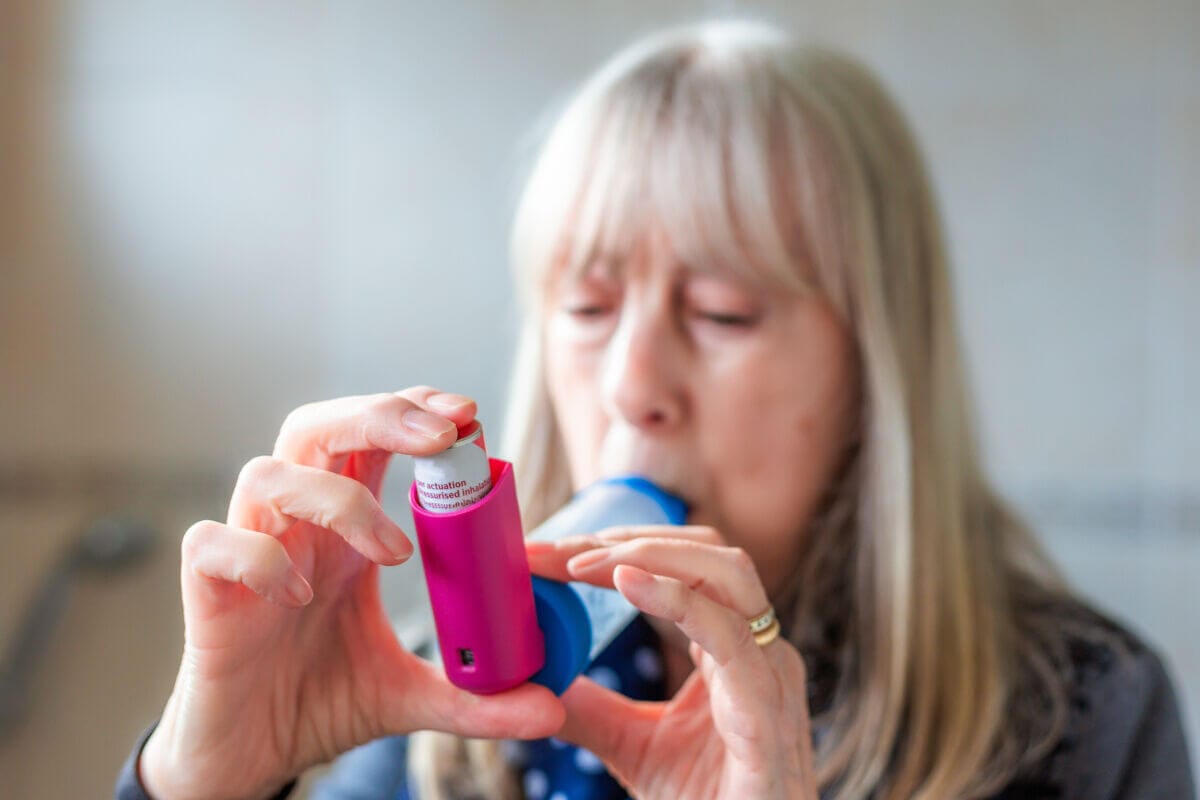- Thriving Guide
- Posts
- Not Sure If Your Inhaler Is Empty? Here’s How to Know
Not Sure If Your Inhaler Is Empty? Here’s How to Know
Your inhaler may still spray even after the medication runs out here’s how to avoid being caught without a dose when you need it most.

If you use an asthma inhaler, especially a rescue inhaler, knowing exactly when it’s empty could be a literal lifesaver. Many metered-dose inhalers (MDIs) continue to spray even after the medication is gone delivering only propellant, not medicine. And that can be dangerous if you're relying on it during an asthma attack.
Here’s how to know if your asthma inhaler is empty and what to do to ensure you’re never caught without your medication.
Why Inhalers Can Be Misleading
Most MDIs use hydrofluoroalkane (HFA) as a propellant. The problem? HFA sprays even when no medication is left. That means you could inhale a full puff of nothing but gas and not realize your rescue or maintenance inhaler is empty until it’s too late.
Option 1: Use an Inhaler With a Dose Counter
The simplest and safest solution is choosing an inhaler that has a built-in dose counter. These counters track every actuation (spray) and show exactly how many puffs remain.
Common inhalers with dose counters include:
Ventolin HFA
Advair HFA
Fluticasone inhalers
The counter often changes color or displays a warning once the medication is nearly gone. If yours is approaching zero or showing low numbers it’s time to refill.
Option 2: Track Doses Manually
If your inhaler doesn't have a dose counter, you’ll need to do some basic math to estimate when it’s empty. This method works well for controller inhalers (like steroid-based ones) that are used on a fixed schedule.
Here's how:
Check the total number of puffs the inhaler contains. (Usually listed on the box often 120 puffs.)
Know your dosage: How many puffs are prescribed per day?
Divide total puffs by daily usage to find how many days the inhaler will last.
Example:
Inhaler contains 120 puffs
You take 2 puffs, twice daily = 4 puffs/day
120 ÷ 4 = 30 days of use
Pro tip: When you open a new inhaler, write the “empty date” directly on it with a Sharpie. If you start it on November 1 and it lasts 30 days, write “December 1” on the side. This simple reminder helps avoid accidental gaps in treatment.
What About Albuterol or Rescue Inhalers?
Rescue inhalers like albuterol aren’t typically used on a strict schedule, making it harder to calculate when they’ll run out. Instead, keep these tips in mind:
Shake the inhaler: If it feels light or sounds hollow, it may be nearly empty.
Track use manually: Note each time you use it, especially during periods of frequent symptoms.
Keep a backup: Always have a second rescue inhaler on hand in case of emergencies.
Why This Matters
Using an empty inhaler especially a rescue inhaler can delay life-saving treatment during an asthma attack. That’s why it’s critical to know how much medication is left, rather than assuming it’s full based on the spray alone.
According to the CDC, around 1 in 13 people in the U.S. has asthma, and ensuring proper inhaler use is a key factor in managing the condition effectively. Rescue medications like albuterol are only effective if the medication is still in the device.
Bottom Line
Use a dose counter whenever possible
Mark your inhaler with its expiration or “empty” date
Don’t rely on the spray alone propellant can keep spraying even when the medicine is gone
Talk to your doctor or pharmacist if you're unsure whether your inhaler has a dose counter or how long it should last
If this article helped you feel more prepared, share it with someone who could benefit or subscribe to our newsletter for more practical health tips.